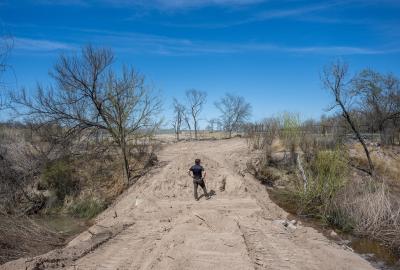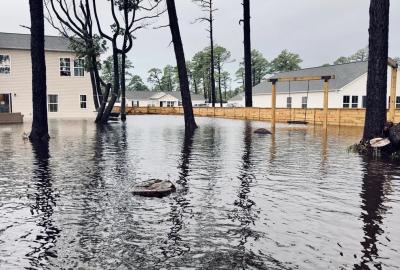Atmospheric rivers, bomb cyclones and other weird weather words, explained
Extreme weather is our new normal. If you’re not already dropping words like atmospheric river into everyday conversation, it’s time to expand your weird weather vocabulary. Here are some terms you need to know.
Atmospheric river
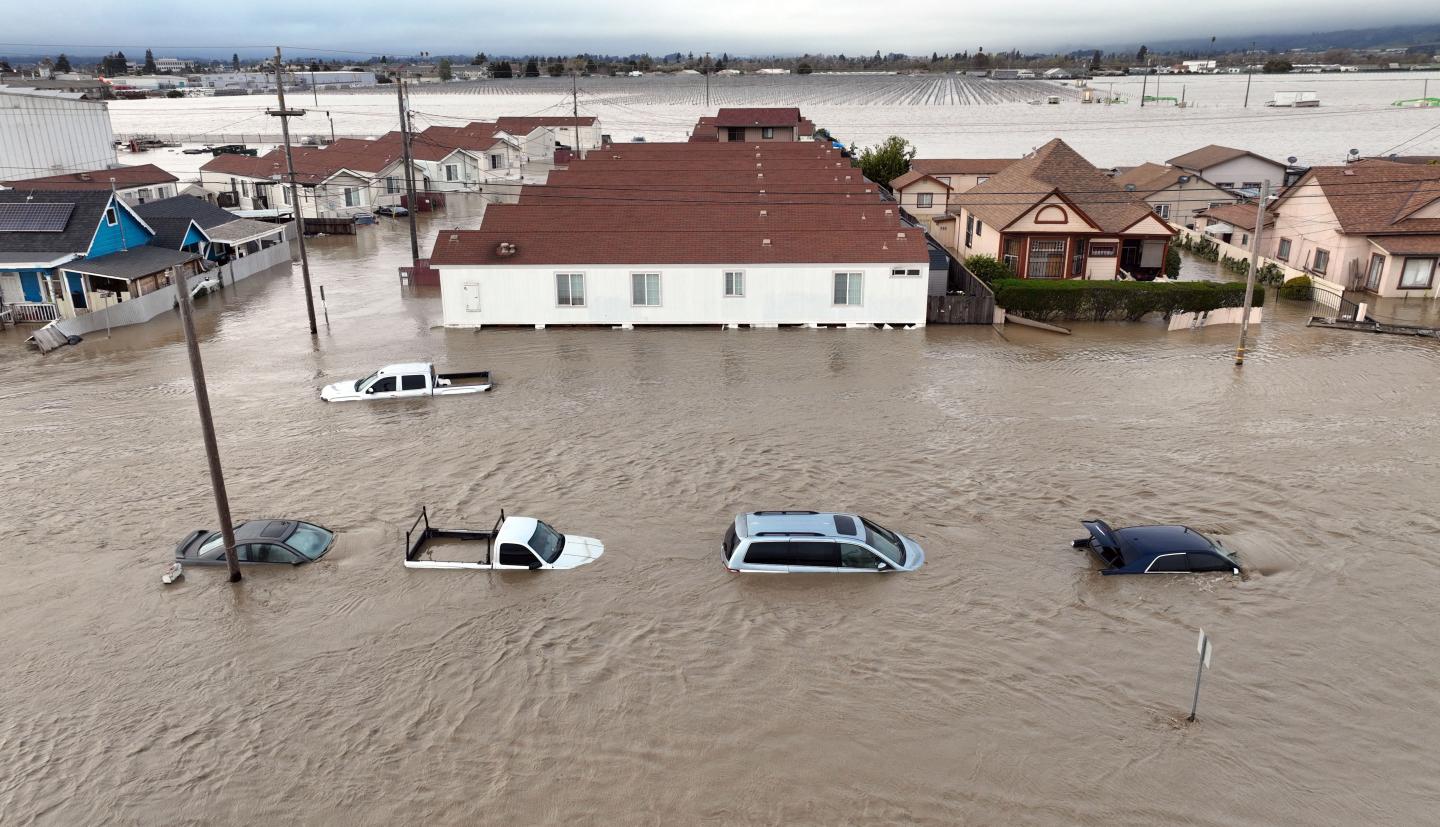
A long ribbon of super-wet air that rises out of the Pacific and travels through the atmosphere. These rivers often deliver much-needed water to the U.S. west coast — but they can bring it in a deluge, not a drizzle.
During California's wet season, back-to-back atmospheric rivers are dumping too much water at once, causing dangerous flooding.
Bomb cyclone
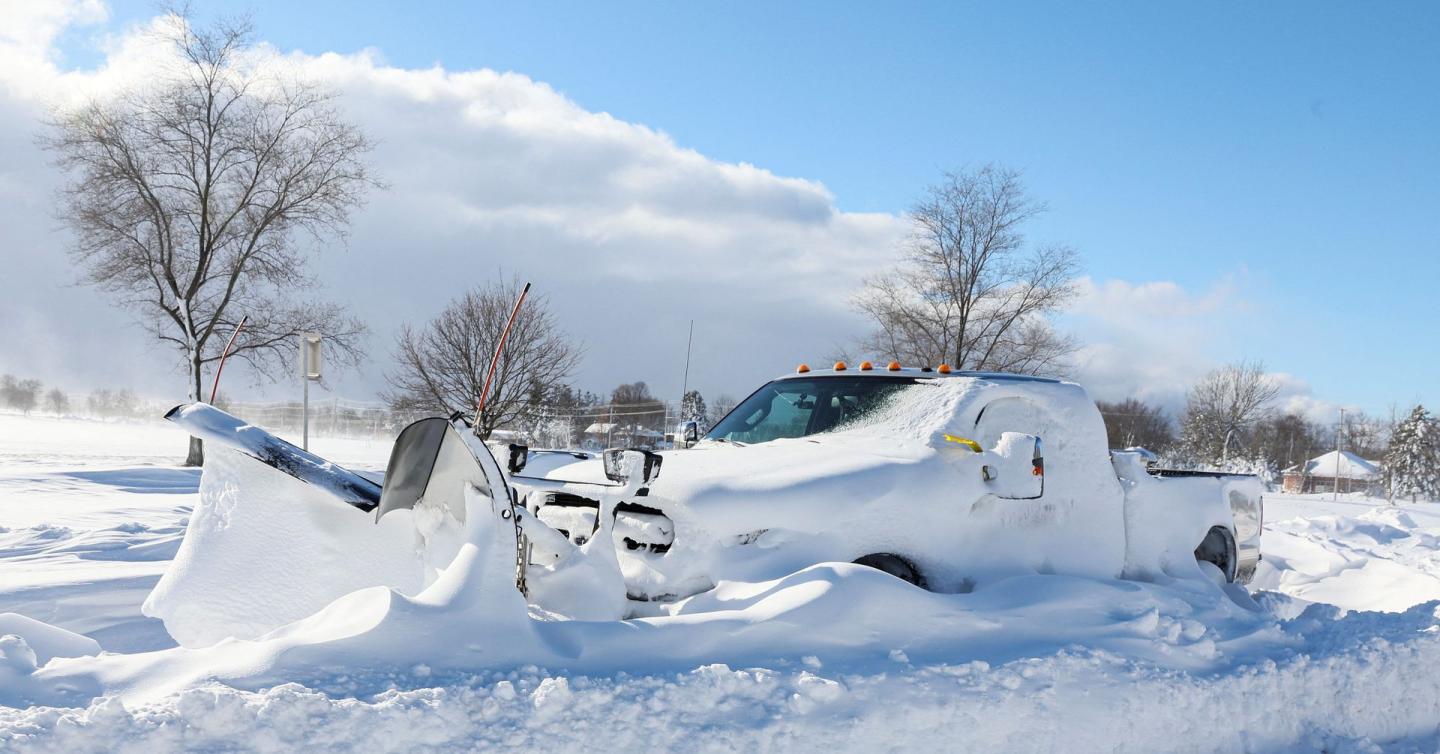
An explosive storm that strengthens rapidly, with pressure that drops precipitously over a 24-hour stretch. (That rapid pressure drop is called bombogenesis, or explosive cyclogenesis. Just so you know.)
Bomb cyclones can produce intense cold, heavy rain or piles of snow, depending on where it lands. During the massive holiday bomb cyclone that affected most of the United States in December 2022, temperatures in Colorado dropped as much as 47 degrees in an hour.
Derecho
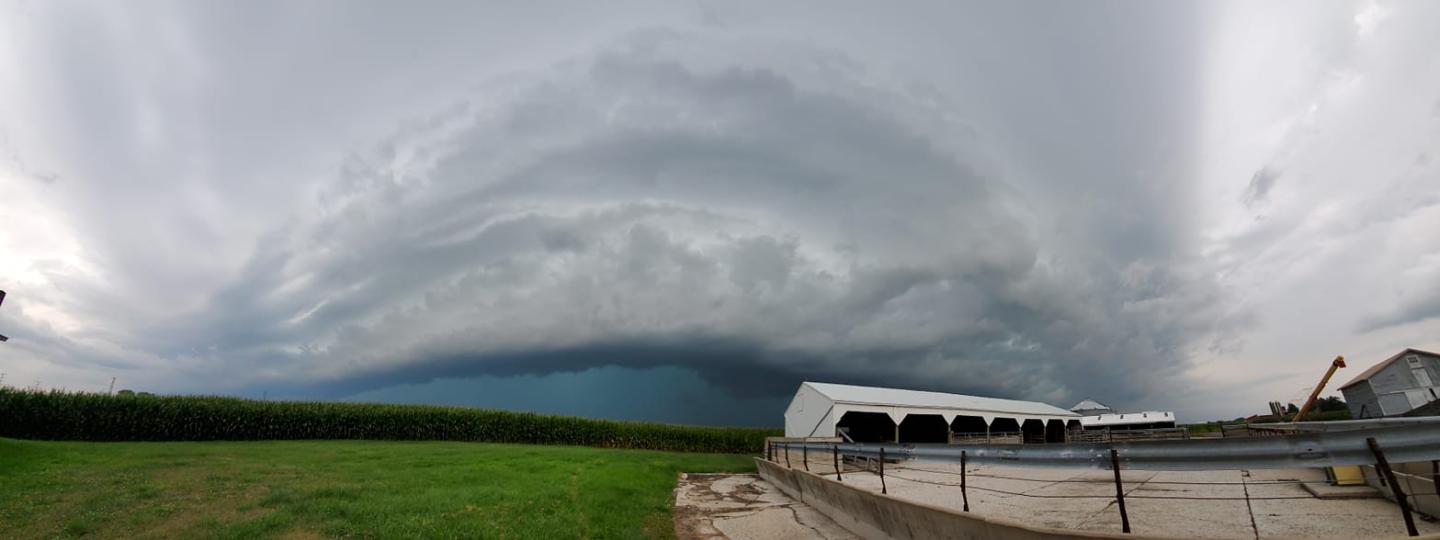
A wide and long-lasting windstorm with wind gusts of at least 58 miles per hour. Unlike a tornado, which has spinning winds, a derecho, as the word's Spanish origin suggests, blows straight ahead.
A derecho that blasted through multiple midwestern states in June 2022 made the U.S. government’s annual list of billion-dollar disasters, causing $3.2 billion in damage to homes, business, power lines and other infrastructure, with wind gusts as high as 98 miles per hour.
Polar vortex
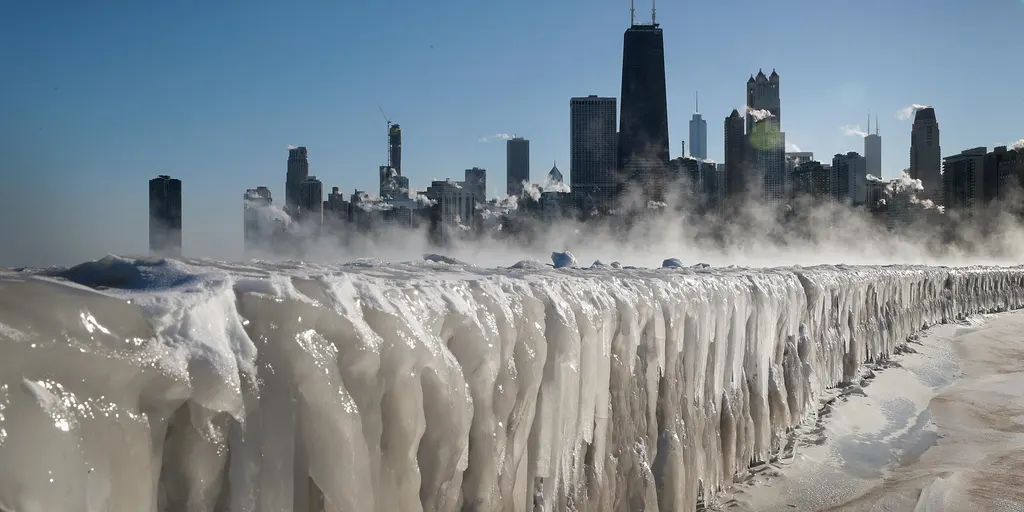
A large, rotating mass of cold air that typically sits above the Arctic, but occasionally wobbles and sends frigid air southward. A polar vortex caused the big Texas freeze of February 2021, in which frigid temperatures paralyzed the power grid — particularly gas and coal power — resulting in the deaths of 246 people.
Storm surge
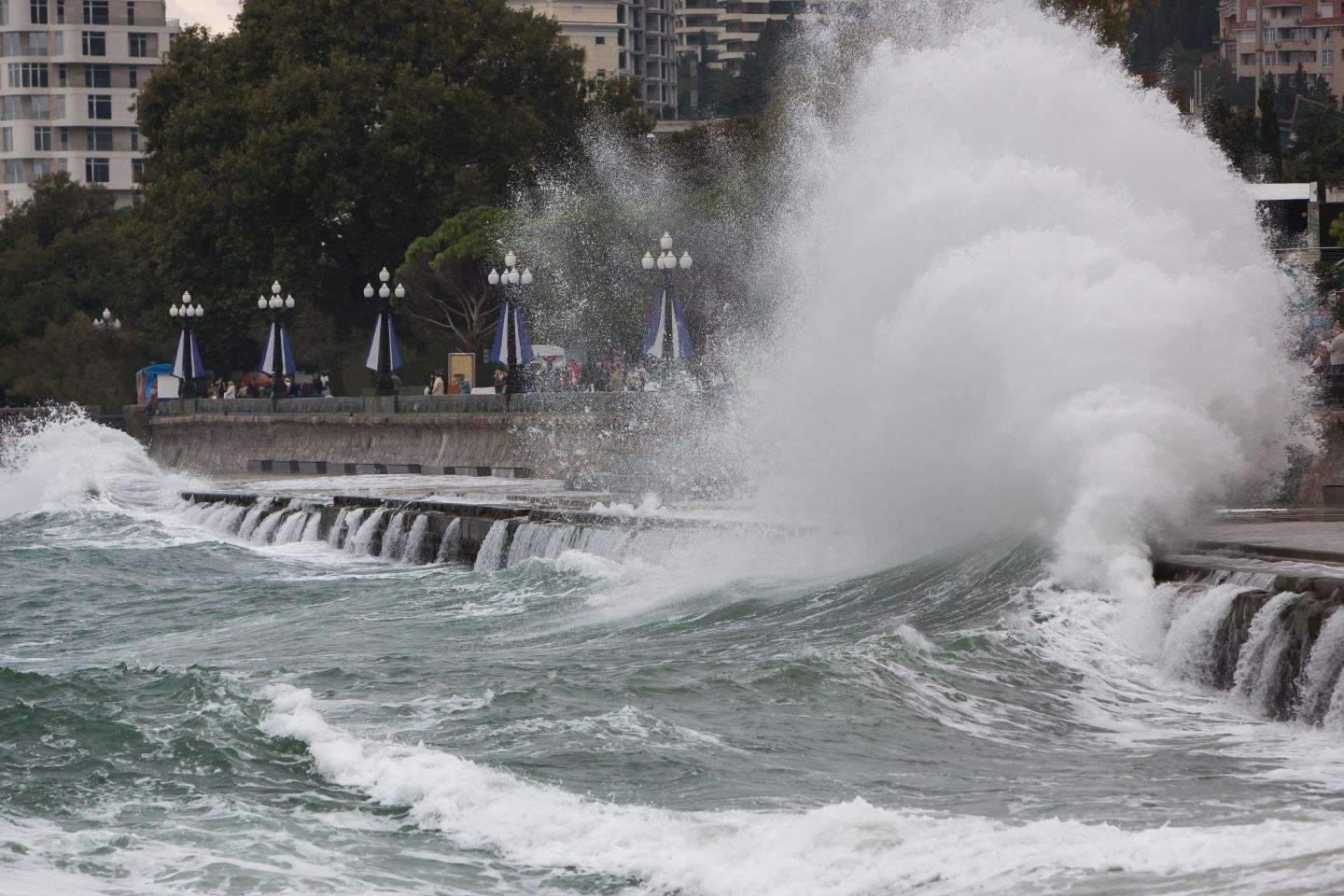
An abnormal rise in sea level generated by a storm. Storm surge poses the greatest threat to life during a hurricane, due to the sheer force of the water. It takes just two feet of storm surge to move a pickup truck. Hurricane Katrina’s devastating storm surge reached 25 feet.
Thundersnow
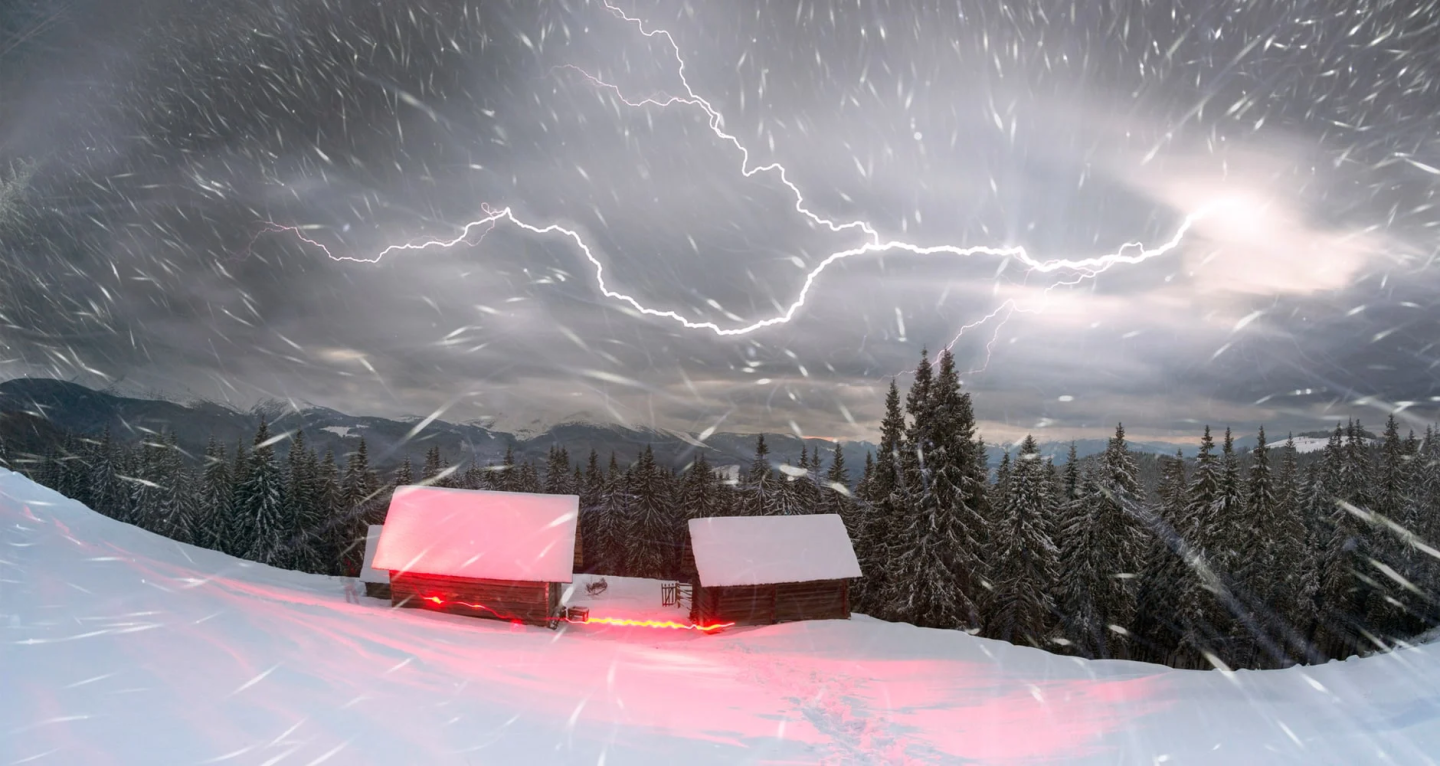
Yes, it’s a real thing, and it’s exactly what it sounds like — a snowstorm with thunder and lightning. Thundersnow is rare, but it was spotted in several places in the United States this winter including Sioux Falls, South Dakota, Buffalo, New York and Sedona, Arizona.
What’s the connection between climate change and extreme weather?
Scientists have long predicted that climate change would lead to more extreme weather events, including bigger storm surges and more intense rain and snow. Attributing a specific weather event to climate change is still a relatively new science. But even a relatively modest scientific conclusion of “medium confidence” in a link to global warming, writes Wesleyan University Professor Emeritus Gary Yohe, “teaches a simple lesson: Pay attention, people.”

